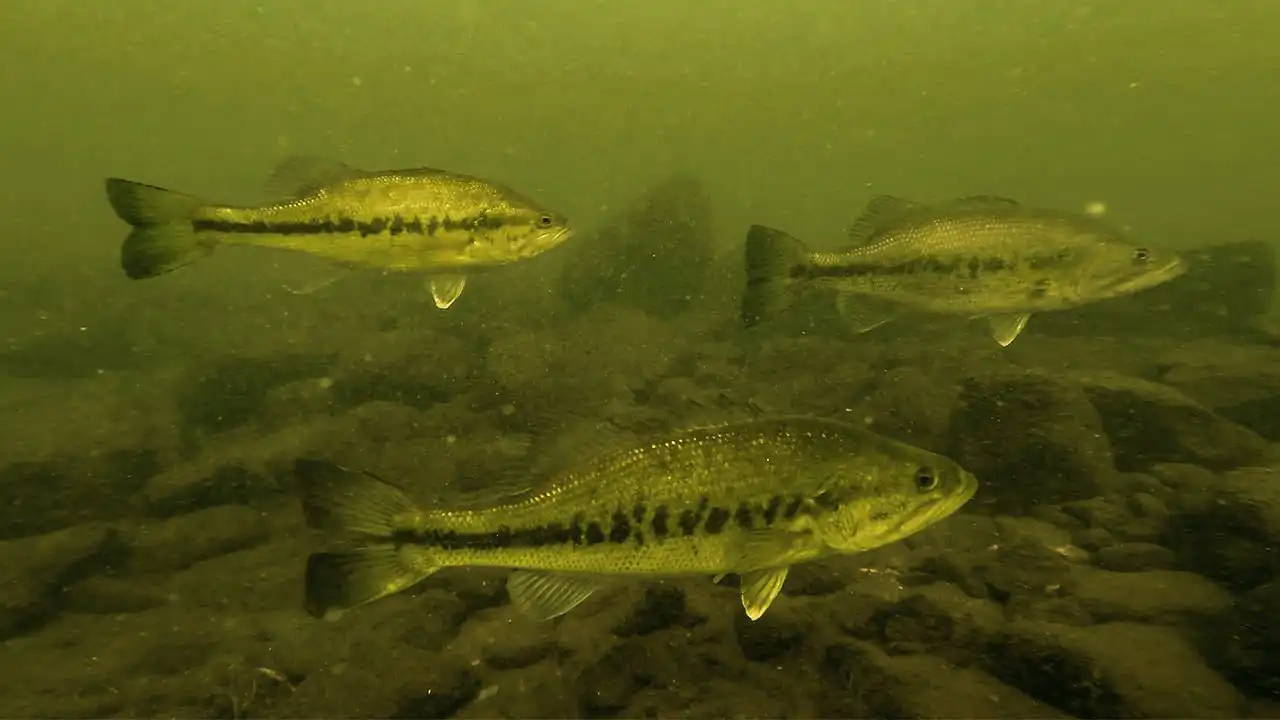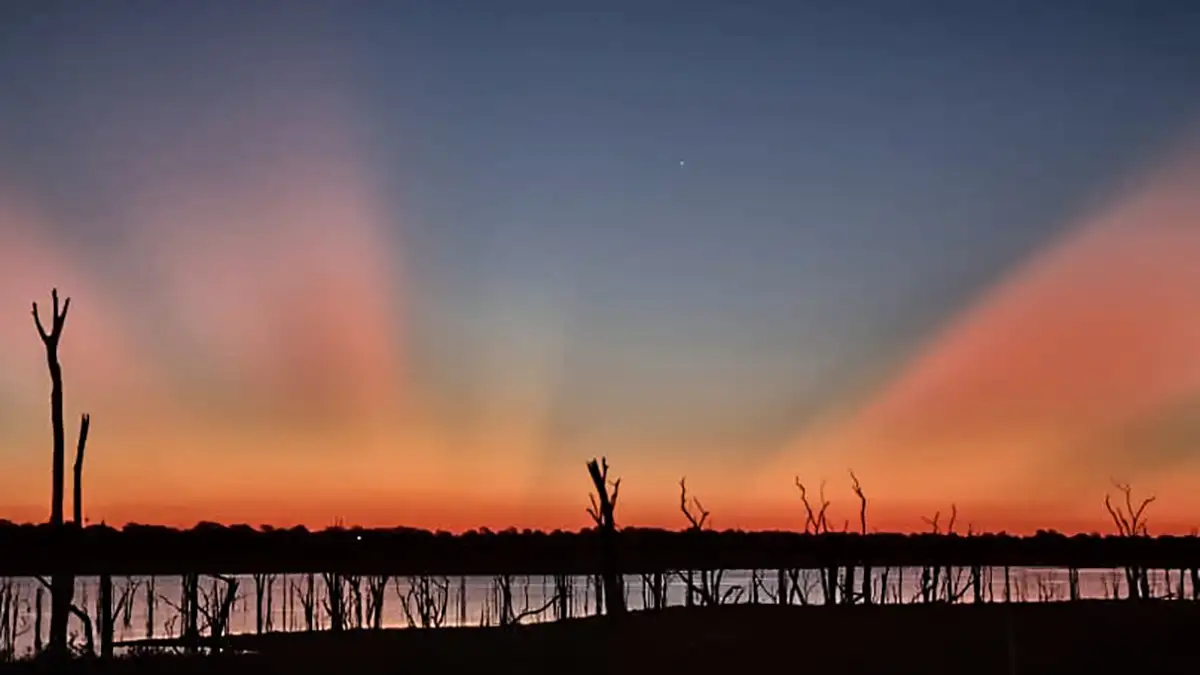I’ve always had a love/hate relationship with the state of Arkansas. Over the past few years of college fishing, I have had the opportunity to compete in many fisheries in the state of Arkansas. Some of my most frequented lakes are Lake Dardanelle, Norfork and Lake Ouachita. Although these lakes vary in quality, they all have unique characteristics that make each one special. Although I have had good and bad experiences in the tournament here, I still love to travel to this beautiful state. I truly believe that once you learn to fish in Arkansas you can fish almost anywhere in the country. This is due to the diversity of Arkansas lakes, which gives you the opportunity to learn many styles of fishing.


DIFFERENCE OF FISH
The diversity of fish is one of the most attractive factors for fishing in Arkansas. This state has fantastic fisheries for largemouth, smallmouth and spotted bass. The variety gives anglers the opportunity to learn how and when to target each species of bass. Not only this, but Arkansas is also home to the Red and White rivers which are both fantastic trout fisheries. Although I have never had the pleasure of fishing these rivers, my father has made many trips there and always speaks highly of the fishing.
The Dardanelle was the first lake in Arkansas that I fished. Although the fishery is very difficult, it offers a variety of bass and options for targeting them. Lake Norfork was the second lake in Arkansas I fished. I traveled here for a College Bassmaster event my Junior year. This lake has excellent largemouth fishing as well as spotted bass and some smallmouth. What this lake has taught me is the importance of targeting different types of bass to achieve different goals. For example, I found a gizzard shad spawn on the second point that had a lot of quality largemouth. While the fish were plentiful, I only managed one or two bites before they dried up. Each day of the tournament I stuck with two quality largemouths and nothing to go with it.
Every afternoon after trying to catch a few more quality largemouth, I’ll switch over and start targeting spotted bass. These fish are easier to catch however they are also smaller in size. Every afternoon I throw a shaky head over the bluff walls and fill a limit of 1 to 2-pound spots. Although these fish are not giants, they are still important because I have some quality largemouths to go with them. This experience taught me the importance of targeting specific fish to achieve a specific goal. I know I probably won’t catch a giant once I switch to spotted bass, but what I do know is that the odds of a limit are much higher.
Lastly, Lake Ouachita was the last lake in Arkansas that I visited. I was here for the Bassmaster Open and was amazed at the quantity and quality of bass on this lake. There are plenty of 2- to 3-pound spotted bass in this lake, as well as plenty of trophy-sized largemouth. Much to my surprise, there were two bass caught the week I was there that reached the 10-pound mark. Another 11-pound bass was caught a few weeks earlier by another local angler. One of the reasons I think there are so many giant fish in this lake is because of the sheer amount of cover.


WEED FISHING
All three lakes I fish in Arkansas have some type of weed. Whether that’s submerged grass, bank grass or something in between, you have options to learn from all of them. Lakes like Darnell have bank grasses covering miles of shoreline that provide ideal habitat for shallow-water largemouth. Both times I have traveled to this fishery, quality bags of largemouth have been caught from the shallow weed bank. Not only does Arkansas have a vast amount of shallow grass to target, but there are submerged plants as well.
Lake Ouachita is completely covered in submerged grass. This was strange to me especially since I’m not used to seeing weed in these types of fisheries. Lake Ouachita is a very deep fishery reaching depths of over 150 feet. The beach is very steep and strangely rocky. This lake is also filled to the brim with standing timber. Almost every pocket, point and bank has standing timber, providing bass with ample amounts of ambush points. The craziest thing to me is seeing how well grass grows in such a rocky environment. Grass covers almost every bank, point and hump shallower than 15 feet. I believe it is responsible for all the trophy sized bass. In fact, this tournament was won by throwing a lipless CrankBait into submerged grass in 5-10 feet of water.


BAHAHANG THOY
Flooded timber is another prevalent type of cover on Lake Ouachita that played a big roll in this tournament. This is probably the most common type of cover on this lake and what most anglers are targeting. I have been focusing on logs around points and drains with both largemouth and spotted bass cruising the area. My two baits of choice are a Berkley Stunna 112 and a Berkley Powerbait Power Switch. I will use the Stunna to target bass positioned towards the top of the water column or still sitting on a piece of timber. Usually, whenever I find a largemouth it is often sitting in relation to a tree or piece of cover. Then I throw the jerkbait past the fish and work it to the desired depth, which makes them react quickly. This is how I caught some of my biggest fish in this event.
Another way I target flooded timber is by finding deeper groups of spotted bass moving along the timber. These fish are anywhere from 15 to 50 feet deep and are usually fast moving. For this method, I will use the forward facing sonar to lead the fish with a half ounce Power Switch. I often have to make multiple casts to a fish before they spot it, however when they do they tend to react. This accounts for most of my fish caught in this tournament and is a technique that almost the entire field practices.


SHALLOW WATER FISHING
Another common tactic on Lake Ouachita is shallow fishing. Even though this lake is known as an excellent deep water fishery, quality bags are still caught in the shallows. Anglers like Ish Monroe benefited from a shallow water reaction throwing the Z-Man Jackhammer around shallow grass and logs. There was both a lower lake and upriver shallow bite in this event, however, each varied slightly. At the bottom of the lake, the water clarity is better, making the fish more reluctant to bite. This caused the fishermen to speed up their catch so that the fish could not see their bait well. Reaction baits like jerkbaits, lipless CrankBaits and vibrating jigs played big rolls down the lake.
Upriver however, I encountered the same reaction bite as well as a slower flipping bite. The water clarity gets dirty as you start to move up the river allowing anglers a little more freedom in their bait selection. Red CrankBaits such as Berkley Frittside 5 and Jackall Bling 55 played on the rocky channel swing banks in this section of the lake. Another way anglers have had success is flipping the jig around shallow cover and bluff walls. This is a great way to get some trophy sized bass to bite that don’t want to chase a moving bait. All in all, there are quality bites happening all over Lake Ouachita. It’s about getting into the right pattern and setting yourself up for success.
I am always grateful for any reason to travel to the state of Arkansas. Whether it’s duck hunting, trout or bass fishing, I always have a great time. One of the many reasons I love fishing in this state is because of its diversity. Every time I fish it I get to target bass in a whole new way, rapidly expanding my bass fishing skillset. If you’re thinking about traveling to Arkansas, I highly recommend checking out Lake Ouachita and the other amazing fisheries this state has to offer.
As an Amazon Associate, we may earn money when you click on a link on Amazon. Thanks for helping us do what we love.



